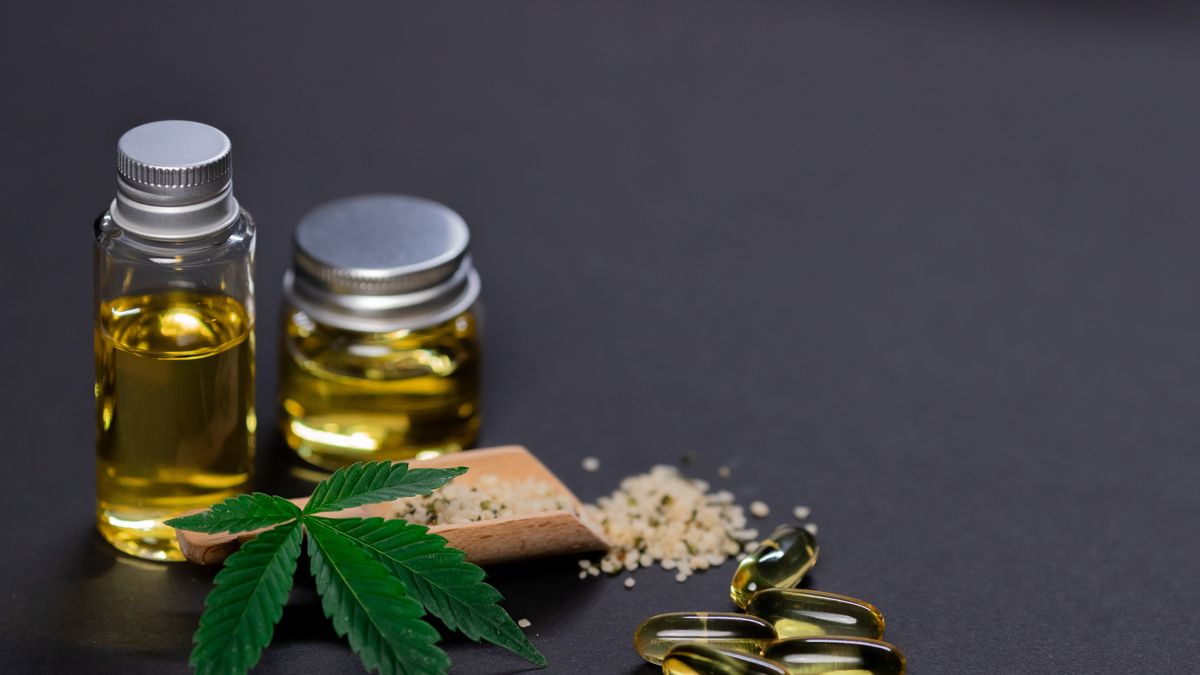The National Drug Board assured that it considers that the registration of self-cultivators should be maintained permanently.
The secretary of the National Drug Board, Daniel Radioproposed the elimination of the registry for buyers of dope and, in turn, assured that the record of self-cultivators.
The content you want to access is exclusive to subscribers.
Radio highlighted that half of marijuana users in the Uruguay They are supplied in the regulated market, although he assured that adjustments would have to be made. Meanwhile, the secretary assured Subrayado that he understands that the fact that the records of the self-cultivators falls every three years and must be renewed.


“And if someone no longer wants to be self-cultivator, “It has to go and be erased,” he stated, adding that “otherwise there begins to be an under-registration of people who do not renew and continue farming.”
In that sense, he maintained that “he is in favor of there being no more registration of buyers of cannabis in the pharmacy and we are thinking if we do not make a proposal in that sense.” Meanwhile, Radio assured that the advantage is to prevent those who do not want to register from going to the black market and that non-residents could buy.
Uruguay managed to get 51% of cannabis consumers to go to the legal market
More than half of marijuana users in Uruguay It already does so through the regulated market, an achievement made possible mainly by the commercialization of the variant Gamma, with “more hit”, which covered a part of the demand historically monopolized by the illegal circuit.
He regulated cannabis consumption continues to grow in Uruguay, as shown by both the Institute for Cannabis Regulation and Control (Ircca) As the Uruguayan Drug Observatoryto the point of having registered a 15 point growth During the first semester in the official registry to access legal marijuana: during the first half of the year, 11,300 new people registered. Likewise, purchasers in pharmacies increased by 19%.
The main reason for this exponential growth is found in the circulation of the latest variant that came to market: Gamma. This third alternative was launched with the aim of responding to widespread questioning by consumers, of whom six out of ten considered that the “stickiness” of the first two variants was “bad” or “very bad.”
With a greater psychoactive effect thanks to its percentage of up to 15% of tetrahydrocannabinol (THC) —the main psychoactive element of the cannabis plant— and a smaller amount of cannabidiol (CBD), the component that competes against the effect of THC, Gamma better meets the expectations of Uruguayan consumers. And, therefore, it is more useful to the government’s objectives: to ensure that more and more people choose the legal circuit for consumption.
Source: Ambito




